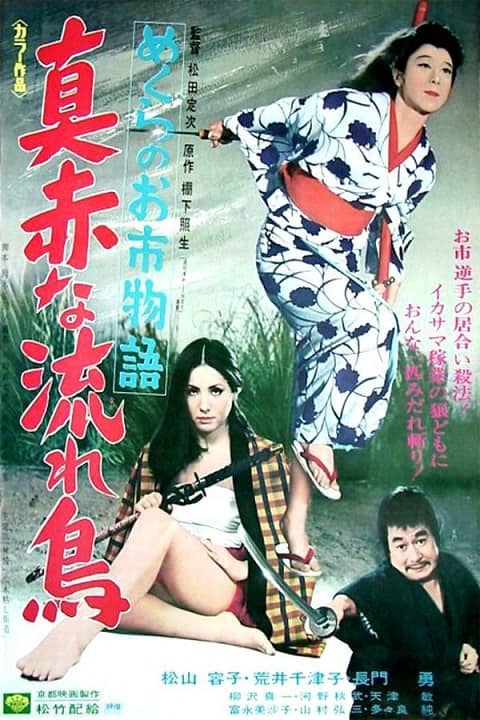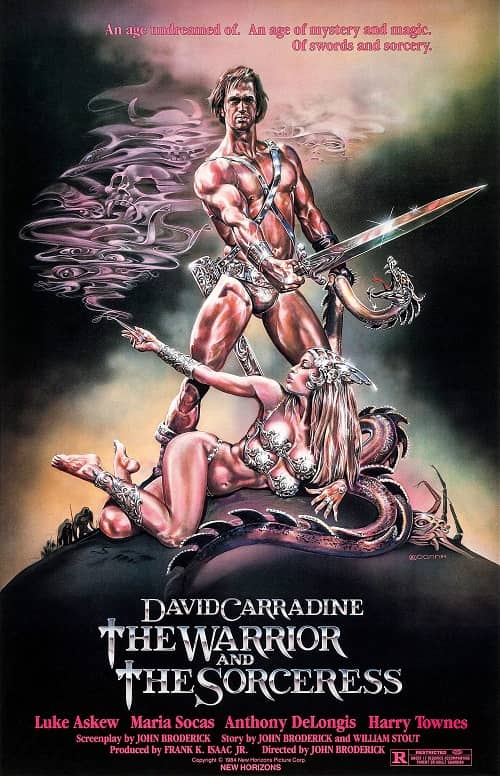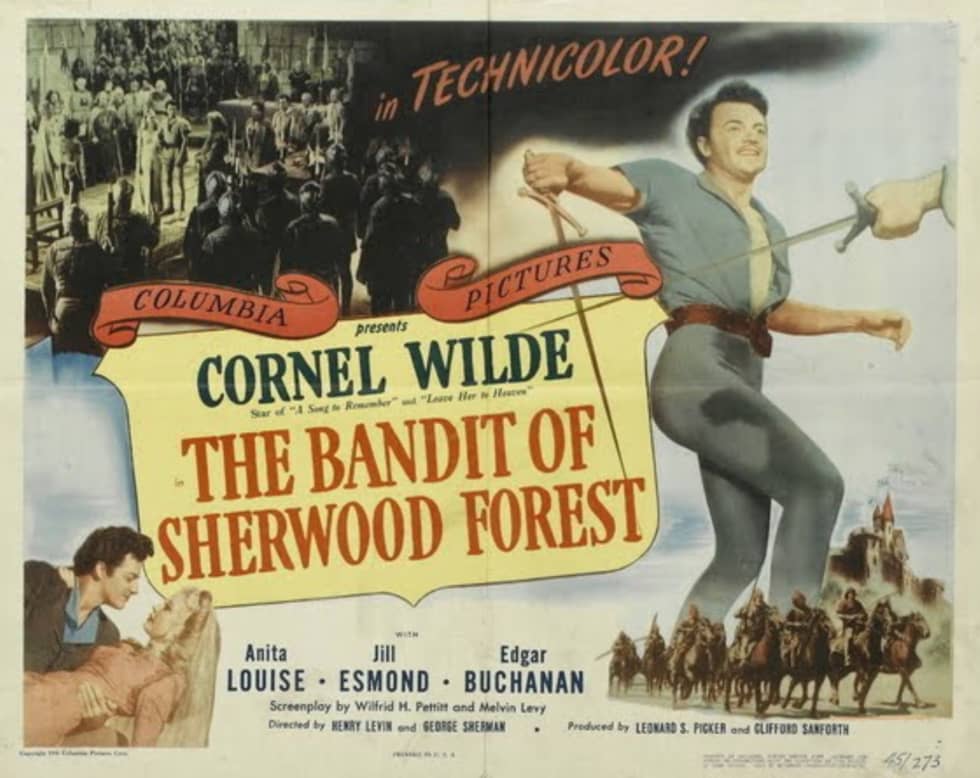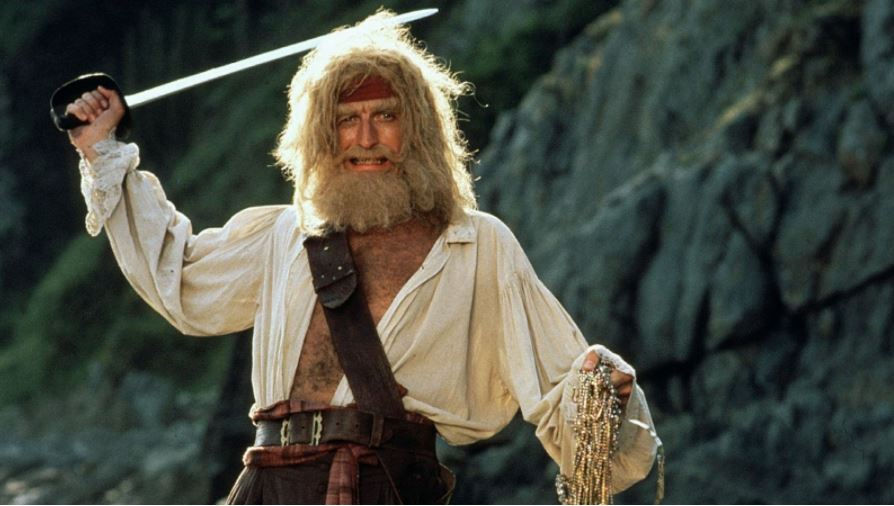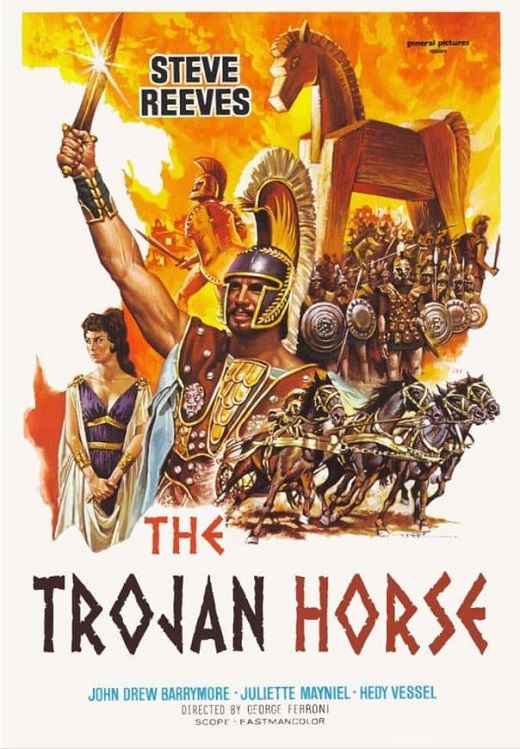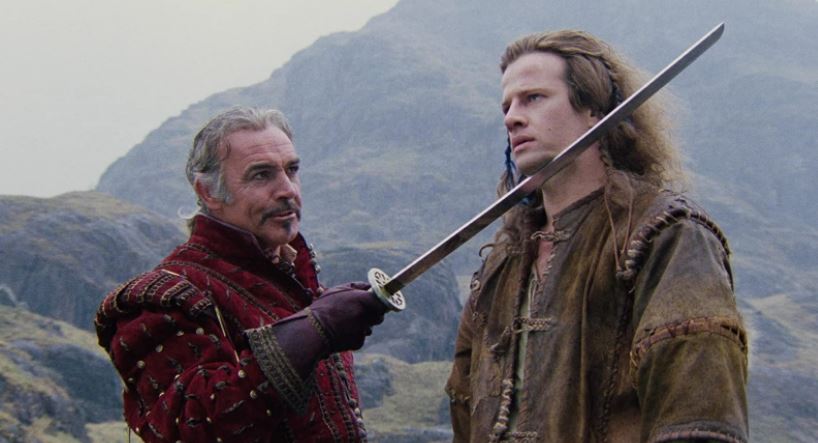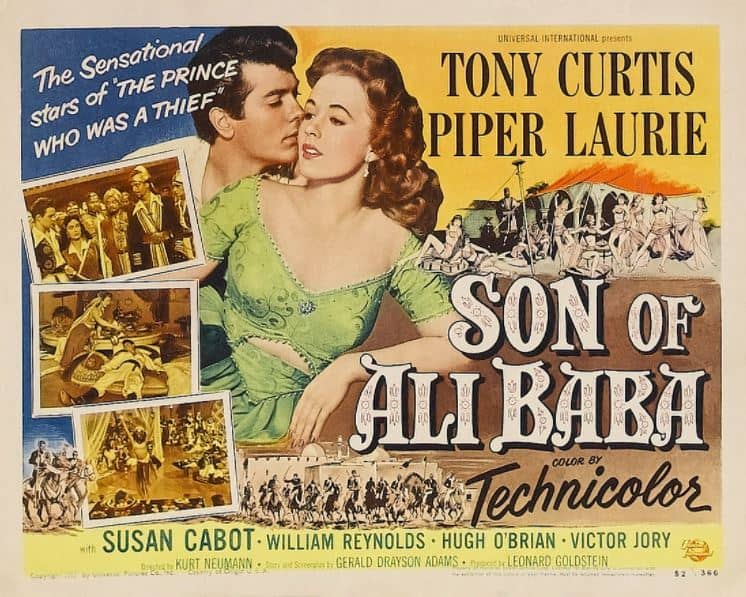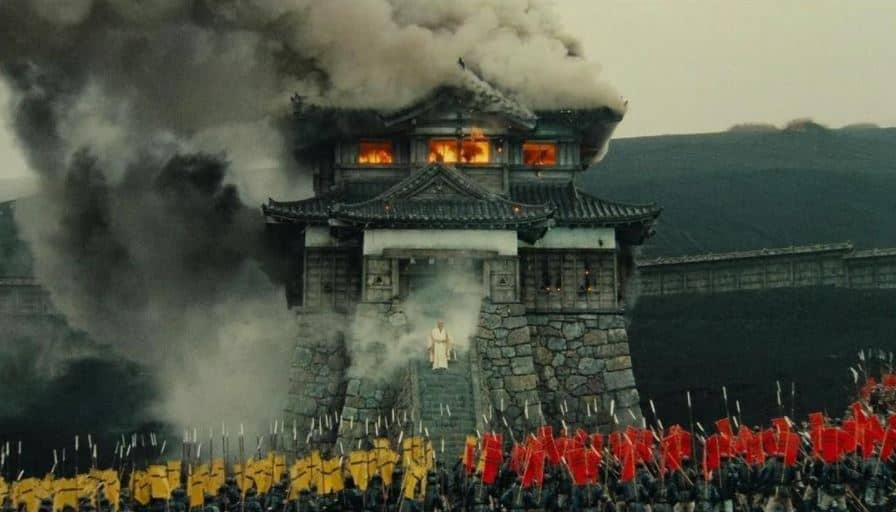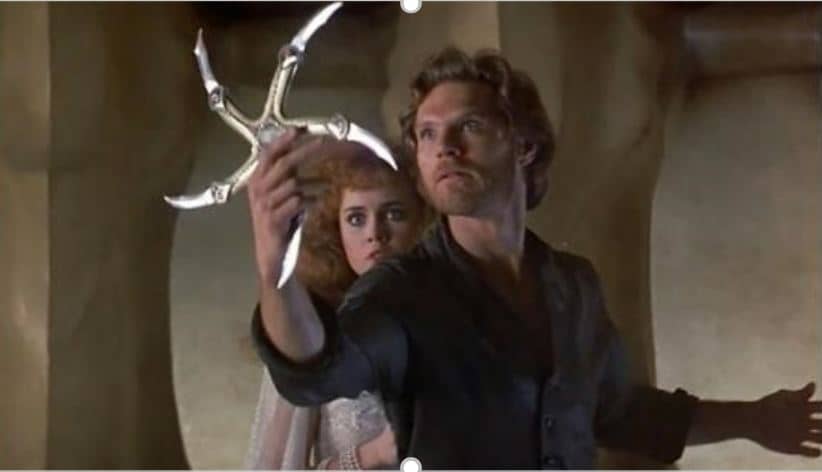Ellsworth’s Cinema of Swords: Blood-Red and Blind – The Crimson Bat
The Crimson Bat (Japan, 1969)
Here’s a pretty decent samurai series even I wasn’t aware of until recently: the Crimson Bat, four films starring Yoko Matsuyama as the eponymous hero. Moreover, all four movies are now relatively easy to find, available on YouTube with good English subtitles. There aren’t enough chambara movies with female heroes, in my opinion, so I was pleased to discover these — and hopefully, you’ll be pleased as well.
